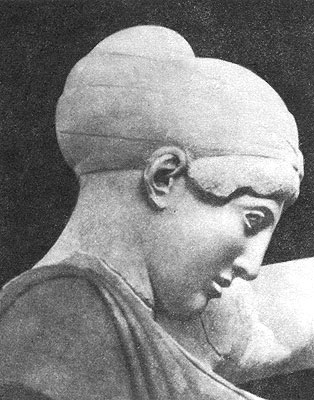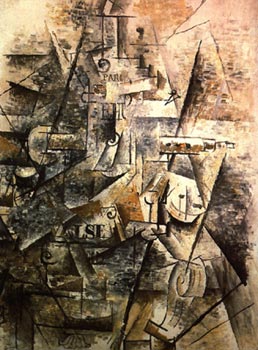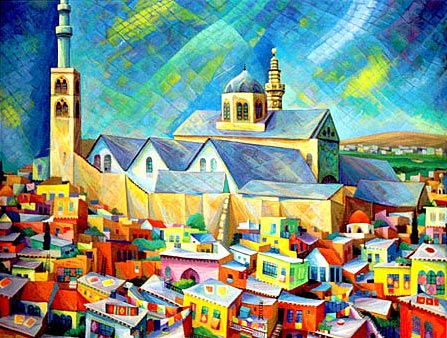Art Evaluation Criteria
 The term “art”, the definition of “art” can be attributed to a variety of objects – from prehistoric drawings on stones and ceramics to the rubble of household and industrial trash in art galleries. But although the field of art also includes music, theater, ballet and literature, most often this term implies visual art, and first of all painting.
The term “art”, the definition of “art” can be attributed to a variety of objects – from prehistoric drawings on stones and ceramics to the rubble of household and industrial trash in art galleries. But although the field of art also includes music, theater, ballet and literature, most often this term implies visual art, and first of all painting.
For centuries, people have tried to understand what art is. Artists and art historians fought and argued, adhering to very different opinions. (The French artist Manet was so much at odds with one of the critics that he challenged him to a duel.) There are many controversial questions, but no, and there will never be definite, intelligible answers. Everyone has their own tastes and opinions – and only you choose what you prefer.
For some, art should be, above all, beautiful, for others – realistic, the third is more important, whether it conveys mood or feeling. How many different pictures in the world: some are distinguished by almost photographic accuracy, others are much more schematic, but very accurately conveys the mood …
Some people believe that art should express certain ideas, others prefer to enjoy art for the sake of art. It was about this that the impressionists were engaged in heated debates – some of them thought that it was necessary to reproduce scenes from modern life, others were more interested in studying the influence of light on objects.
Vincent Van Gogh. Starlight Night. Saint-Remy often becomes the subject of fierce disputes and the cost of works of art. Vincent van Gogh died in poverty, because no one wanted to buy his paintings, and today the works of van Gogh are among the most valuable works of art in the world.
Today, more than ever, art demands novelty and originality. Artists are constantly striving to push the boundaries of what we used to call art. The imagination of the public is also amazed by the huge amounts that collectors are sometimes willing to pay for the works of the “new art”. Today, among the items that exhibit artists, you can find a bicycle wheel, put on a stool; an image of a pipe with a sign “This is not a pipe”; a pile of bricks; clean white linen; a bunch of trash left over from the banquet; a bed with an unmade bed … Do you think it looks like art? Most likely, you generally do not expect to meet such things in the art gallery! Does the fact that they are here makes them art? However, they are able to cause a violent reaction and force them to look at things in a new way – and in fact it is often to this that works of traditional painting also tend.
If we turn to the history of art, we can see how artistic styles and techniques have changed over time. But only one thing remained unchanged – a real work should always excite the soul, not leave anyone indifferent …
Many people wonder if there are any rules regarding viewing pictures? I think that in order to enjoy the contemplation of the picturesque canvas, it is not necessary to know a lot about painting, but knowledge may help you to get more pleasure from the paintings.
Depending on what is depicted, paintings are divided into several groups, or genres. The main genres: portrait, landscape and still life. Some paintings are generally difficult to attribute to a particular genre. And these pictures are becoming more and more.
In the works of painting, the whole space is usually organized: its composition is such that it forces us to perceive the picture in a certain way. The most important characters or objects that should attract the viewer’s attention can be distinguished by the size, brightness of colors; the artist can place them in the center of the canvas.
Holbein Hans. MessengersTo help the viewer understand the meaning of a painting, artists often place hidden clues on it — symbols. Sometimes they are related to general concepts. For example, a book symbolizes a doctrine, sword, or other weapon – a battle, and a flowering branch of a tree or a flower – beauty and pleasure. In addition, the symbols help to understand who is depicted in the picture. Famous characters, such as saints, are often depicted with symbolic objects associated with their life stories, so that connoisseurs can understand who the artist represented in his painting. In any pictures you can find a lot of tips – you just need to know what to look for.
For the perception of the picture it is also very important to know for what purpose it was created: did the artist want to decorate the palace with her or wrote it for the church? Or maybe it was intended for an exhibition in the gallery, where it would delight visitors with its beauty or make them think about the ideas expressed in it? Does the work have any political, social or moral implications or is it most important to express emotions?



